
Barcelona is home to one of the most iconic architectural masterpieces in the world, the Sagrada Familia. This breathtaking basilica, designed by Antoni Gaudí, attracts millions of visitors each year, eager to witness its unique blend of Gothic and Art Nouveau styles.
To make the most of your visit, you'll want to be well-prepared. That’s why we present The Ultimate Guide to Sagrada Familia in Barcelona: Key Information and Tips, where you’ll find everything you need to know, from ticketing options to fascinating historical insights.
The Architectural Wonders of Sagrada Familia: A Detailed Overview
The Sagrada Familia is not just a church; it is an architectural marvel that pushes the boundaries of design and engineering. Gaudí's vision incorporates natural forms and structures, reflecting his deep admiration for nature. This basilica showcases a harmonious blend of Gothic and Art Nouveau styles, which can be seen in its intricate facades and soaring towers. Each element tells a story, contributing to the overall spiritual experience of the space.
One of the most striking features of the Sagrada Familia is its twelve towering spires, representing the twelve apostles. These spires reach heights of up to 170 meters, making them visible from various points across Barcelona. The basilica is designed to have a total of 18 spires, symbolizing the Twelve Apostles, the Virgin Mary, the four evangelists, and Jesus Christ. Visitors can marvel at:
- The Nativity Facade, which depicts the birth of Jesus
- The Passion Facade, showcasing the suffering of Christ
- The Glory Facade, representing the celestial glory of Jesus
The interior of the Sagrada Familia is equally mesmerizing, featuring a forest of columns that mimic tree trunks, creating an ethereal atmosphere. The stained glass windows filter light in vibrant colors, casting a kaleidoscope of hues throughout the space. This play of light symbolizes the connection between the divine and the earthly realms, enhancing the spiritual ambiance of the basilica.
In addition to its artistic beauty, the engineering behind the Sagrada Familia is groundbreaking. Gaudí employed innovative techniques like the use of hyperboloid structures and catenary arches, which allow for incredible stability and strength. The ongoing construction, which began in 1882, integrates modern technology while staying true to Gaudí's original vision, ensuring that this masterpiece evolves without losing its essence.
Essential Tips for Visiting Sagrada Familia: What You Need to Know
When planning your visit to the Sagrada Familia, it's essential to purchase tickets in advance. This not only saves you time but also guarantees your entry on your preferred date and time. Consider opting for a guided tour to gain deeper insights into Gaudí's vision and the basilica's unique architectural features. Tickets can be purchased directly from the official website, allowing you to choose from various options, including audio guides and access to the towers.
Timing your visit can significantly enhance your experience. The early morning or late afternoon are often less crowded, offering a more serene atmosphere to appreciate the intricate details of the architecture. Additionally, visiting during the week instead of the weekend can lead to a more enjoyable experience. Remember to check the weather, as natural light plays a crucial role in how the stained glass illuminates the interior.
While at the Sagrada Familia, adhere to the following guidelines to ensure a respectful visit:
- Maintain a quiet demeanor to preserve the spiritual ambiance.
- Dress modestly, as this is a place of worship.
- Avoid using flash photography to respect the experience of others.
Lastly, don't forget to explore the surrounding area. The Sagrada Familia is conveniently located near other attractions, such as the Park Güell and Casa Batlló, both of which showcase Gaudí's distinctive style. Consider planning a full day to take in the rich architectural heritage of Barcelona while enjoying the vibrant local culture.
Exploring the History of Sagrada Familia: From Concept to Reality
The history of the Sagrada Familia is a tale of ambition and innovation that dates back to 1882. Initially conceived as a traditional church, the project quickly evolved under the visionary guidance of architect Antoni Gaudí, who took charge in 1883. His unique approach transformed the basilica into a symbol of modernism, incorporating elements that reflect his deep admiration for nature and spirituality.
Gaudí's design was heavily influenced by his belief in the connection between architecture and the natural world. He envisioned using a blend of Gothic and Art Nouveau styles, resulting in a structure that would not only be a place of worship but also a testament to artistic creativity. Key milestones in the history of the Sagrada Familia include:
- 1882: Groundbreaking and initial construction by Francisco de Paula del Villar.
- 1883: Gaudí assumes control of the project and begins his transformative design.
- 1926: Gaudí's untimely death, leaving the basilica incomplete.
- 2026: Anticipated completion date, marking 100 years since Gaudí's passing.
Throughout its construction, the Sagrada Familia has faced numerous challenges, including funding issues and the Spanish Civil War, which halted progress for several years. Despite these setbacks, the dedication to completing Gaudí's vision has remained steadfast. Today, the ongoing work integrates modern technology while respecting the original designs, ensuring that the basilica continues to evolve while staying true to its roots.
The Sagrada Familia not only represents an architectural endeavor but also serves as a symbol of Catalan identity. It stands as a testament to the perseverance of those who have worked tirelessly to bring Gaudí's dream to fruition, making it a must-visit location for anyone exploring the rich history and culture of Barcelona.
The Best Time to Visit Sagrada Familia: Avoiding Crowds and Long Lines
Visiting the Sagrada Familia can be a magical experience, but timing is crucial to avoid the overwhelming crowds. The best time to visit is typically during weekdays, particularly in the early morning or late afternoon. These hours allow you to enjoy the tranquility of the basilica and appreciate its stunning architectural details without feeling rushed by the throngs of tourists.
Another effective strategy to minimize waiting times is to book your tickets online well in advance. This not only secures your entry for a specific date and time, but it also helps you skip the long lines at the entrance. Consider visiting during the offseason, from late fall to early spring, when the number of visitors drops significantly, making for a more intimate experience.
If you can, aim for a visit on a rainy day. While it may seem counterintuitive, fewer people tend to venture out in inclement weather, allowing you to explore the basilica at your own pace. Additionally, the rain creates a unique atmosphere, enhancing the colors of the stained glass windows and illuminating the interior in an extraordinary way.
Finally, remember to be flexible with your plans. If you arrive and find the lines longer than expected, consider exploring the beautiful surrounding neighborhood of the Sagrada Familia. Areas like the charming Eixample district offer delightful cafes and shops where you can pass the time until the crowds thin out. Enjoying a leisurely coffee while waiting can turn a potentially frustrating situation into a pleasant part of your experience.
Understanding the Symbolism Behind Sagrada Familia’s Design
The design of the Sagrada Familia is deeply steeped in symbolism, reflecting Gaudí's spiritual beliefs and his connection with nature. Each aspect of the basilica serves a purpose beyond mere aesthetics, representing various elements of Christianity and the natural world. For instance, the facades—Nativity, Passion, and Glory—each tell a significant part of the story of Jesus Christ, embodying themes of birth, suffering, and divine ascension.
Gaudí's use of natural forms is prominent throughout the structure. The columns in the interior resemble tree trunks, creating a forest-like atmosphere that signifies the connection between the divine and nature. This design choice not only enhances the basilica's beauty but also symbolizes the idea that God is present in all aspects of creation. Additionally, the intricate details found in the carvings and sculptures serve to remind visitors of the complexities and wonders of the world around them.
Furthermore, Gaudí's architectural choices also reflect a deep understanding of geometry and light. The play of light through the stained glass windows varies throughout the day, creating a dynamic experience that symbolizes the passage of time and the eternal nature of faith. Each color corresponds to specific themes and stories in Christianity, enhancing the spiritual atmosphere of the basilica, and inviting contemplation and reflection among its visitors.
Finally, the towering spires of the Sagrada Familia are a profound representation of the aspiration towards the divine. Each of the 18 spires symbolizes different religious figures, with the tallest dedicated to Jesus Christ. This verticality not only draws the gaze upward but also serves as a reminder of the sacred journey towards enlightenment and faith. By intertwining these elements, Gaudí crafted a masterpiece that transcends traditional architecture, offering a unique spiritual experience to all who visit.
A Complete Guide to Sagrada Familia Tickets: Pricing and Options
When it comes to visiting the Sagrada Familia, understanding the ticketing options is crucial for a seamless experience. Tickets can be categorized into several types, catering to different preferences and budgets. Options include:
- Basic Entry Tickets: Access to the basilica without a guided tour.
- Audio Guide Tickets: Includes an audio guide to enhance your visit with detailed insights.
- Guided Tours: Led by knowledgeable guides, providing in-depth information about Gaudí's vision.
- Access to Towers: An option that allows you to ascend one of the towers for stunning views of Barcelona.
Pricing for Sagrada Familia tickets varies based on the type of entry selected. Generally, the cost ranges from €26 for basic entry to around €50 for all-inclusive tours that feature tower access. Keep in mind that prices may differ for adults, children, and seniors, making it essential to check the official website for the most accurate and up-to-date information.
Booking your tickets online in advance is highly recommended to avoid disappointment and long waiting times. The official website offers a user-friendly platform for purchasing tickets, and it’s wise to secure your spot, especially during peak tourist seasons. Additionally, consider the time slots available, as they help manage crowd control and enhance your overall experience inside the basilica.
Lastly, if you are traveling with children or large groups, it may be beneficial to explore discounted rates or family packages. Some tours also include special activities for younger visitors, making the Sagrada Familia a thrilling experience for everyone. Always check the website for any seasonal promotions or special events that might be taking place during your visit.
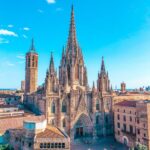 Cathedral of Barcelona: Gothic Quarter Landmark
Cathedral of Barcelona: Gothic Quarter Landmark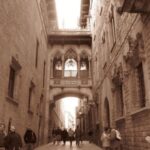 Head from the waterfront to the Gothic Quarter.
Head from the waterfront to the Gothic Quarter.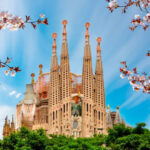 Discovering the Location of Sagrada Familia in Barcelona: A Must-Visit Landmark
Discovering the Location of Sagrada Familia in Barcelona: A Must-Visit LandmarkIf you want to know other articles similar to The Ultimate Guide to Sagrada Familia in Barcelona: Key Information and Tips you can visit the category WHERE YOU CAN GO.
Leave a Reply

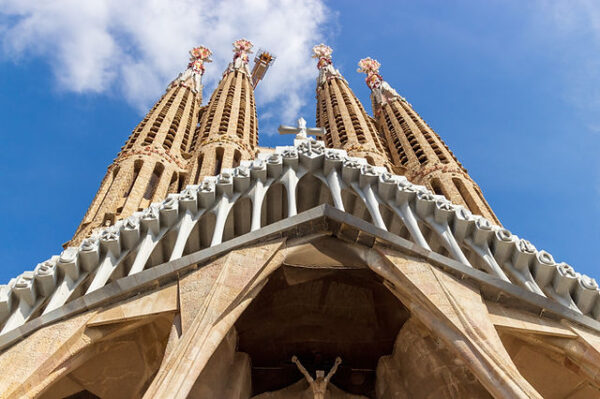
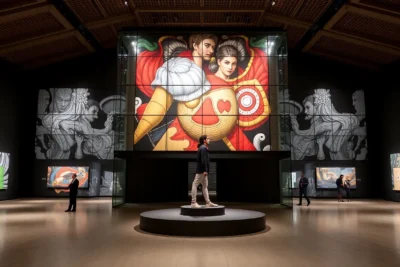
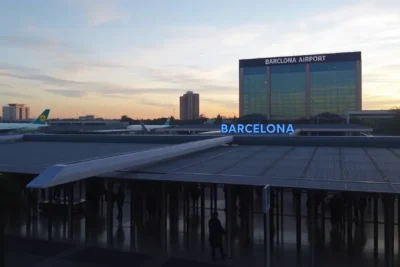
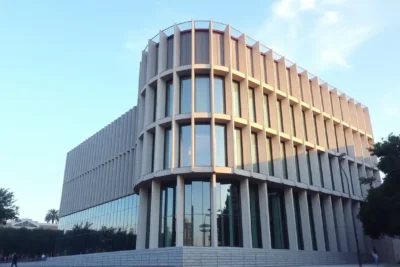
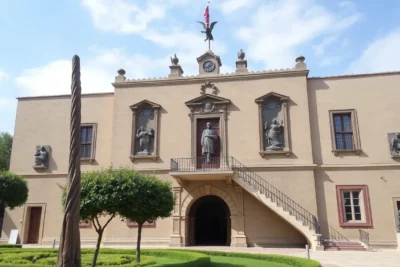
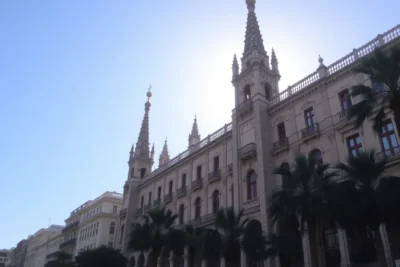
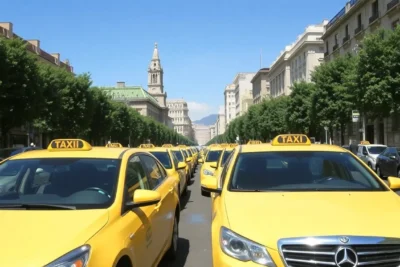
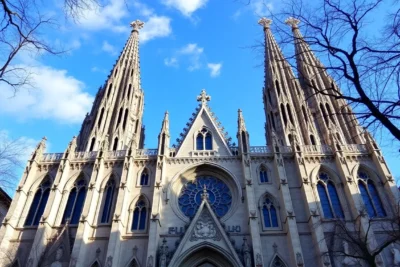
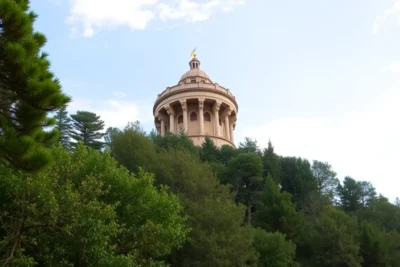
Read more!